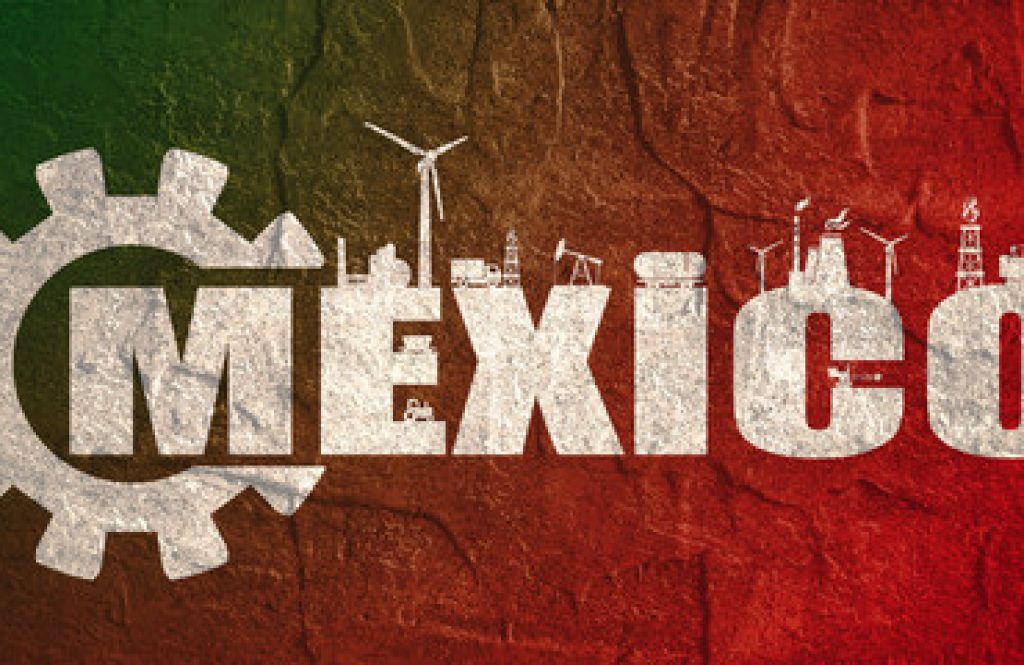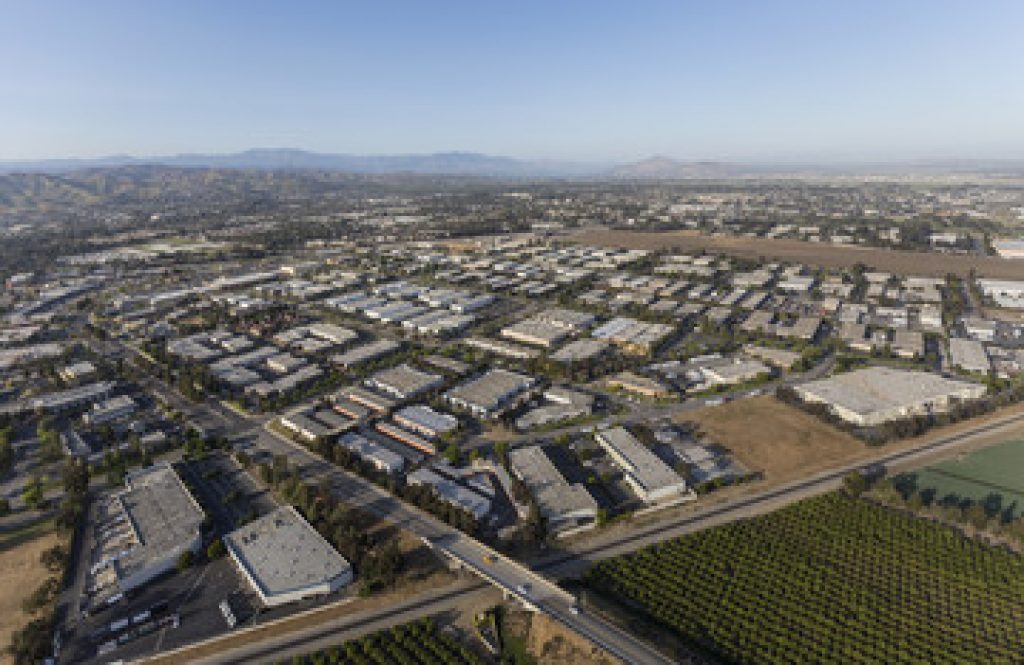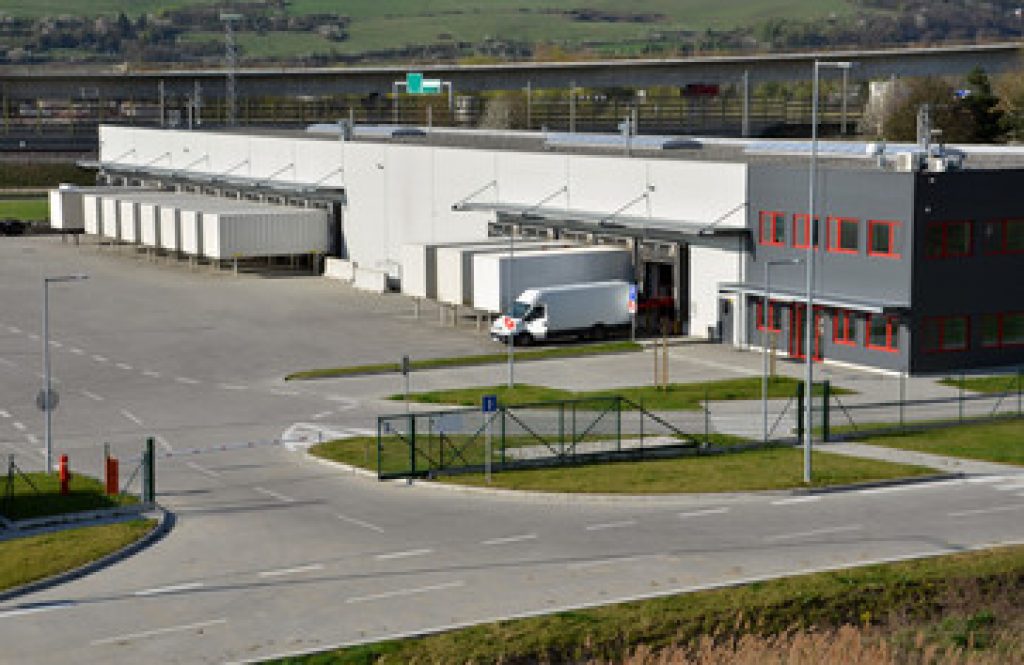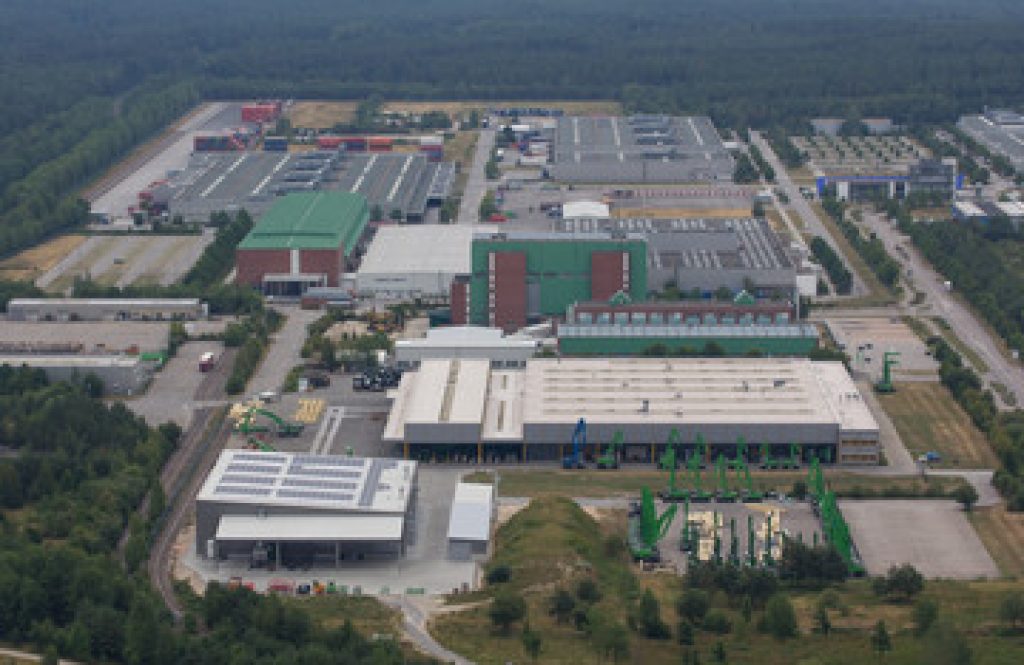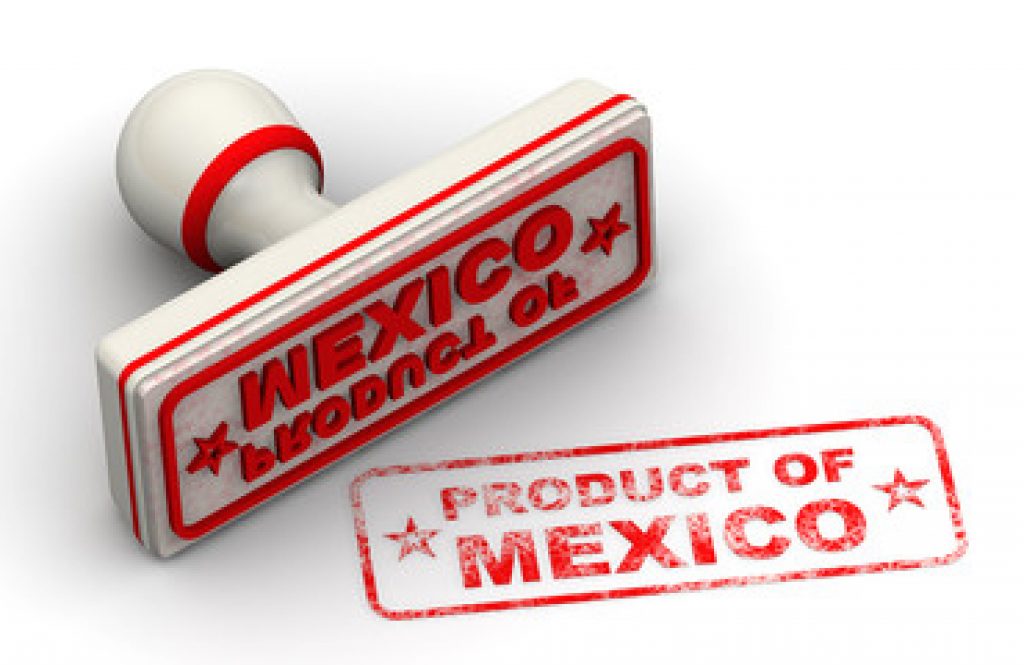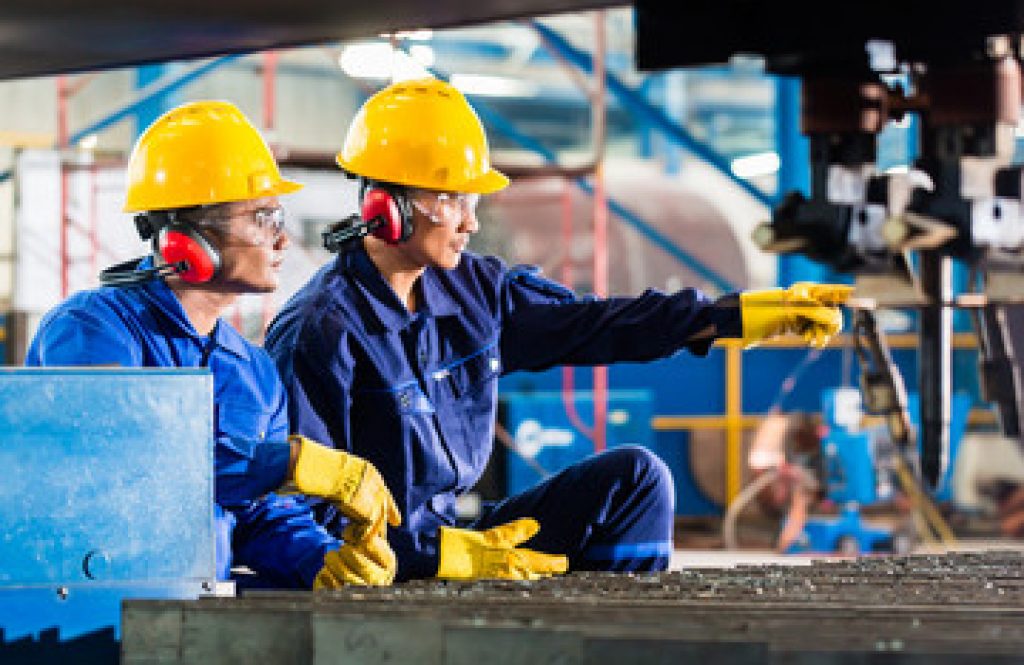Central Mexico Manufacturing is Experiencing an Upward Trajectory
The best word suited to describe Central Mexico manufacturing is dynamic.
An expansion of Mexican manufacturing is underway Growth in Central Mexico manufacturing is the main cause. Data for the first 11 months in 2017 show that the nation produced $345 in its production facilities. This number represents an expansion of over six percent in real terms over the previous year’s figures in real terms for the same period, as well as the highest rate of growth recorded in the previous five-year period.
According to statistics recorded by, INEGI Mexico’s National Institute of Statistics and Geography, the breakdown of regional geographical economic expansion is as follows: Mexico’s center-west 5.6%, and center 11.2%, and the north of the country 4.4%. Growth in the country’s south-southeast region slowed down at a rate of just over one percent. These figures show that Central Mexico manufacturing experienced particularly noteworthy growth in 2017, especially when viewed in comparison with the country’s other regions.
Of the three areas that experienced Central Mexico manufacturing growth (Hidalgo Puebla, and the State of Mexico), the first two entities combined for approximately 68 percent of regional growth. Production expansion was particularly strong was in the transport equipment sector of Puebla which is mainly comprised of automobiles and components for autos. During the period under observation, the manufacture of vehicles in Puebla rose by just under 50%.
Central Mexico manufacturing growth is mainly the result of a 31.5% increase in Puebla; a 16.4% expansion in Hidalgo; and the upward trend of 10% and 3.6% in the state of Mexico and the state of Morelos, respectively. Mexico’s capitol city experienced a drop of 5.8% in the production of goods over the 11 months of the last calendar year.
Although Central Mexico manufacturing led the way, the states of Baja California Sur and Nuevo Leon also experienced noticeable growth. Additionally, the northern states of Durango and Sonora experienced a decrease in growth from January through November of last year. Noteworthy production activity was experienced in Michoacán and San Luis Potosi, while there were negative rates of growth experienced in Colima, Nayarit and Zacatecas. Manufacturing activity in Oaxaca and Veracruz also contracted.
Ranking
The state entities that added the most to Mexican national manufacturing production in the January to November timeframe of 2017 were the State of Mexico, Puebla, Coahuila, Nuevo Leon and Guanajuato. When grouped together, these entities provided a total of 51.5% of Mexico’s factory production.
Analysts at Mexico’s Center for Economic and Budgetary Research (CIEP) recently pointed out that Nuevo Leon and Coahuila benefited significantly because of their states’ proximity to the United States, and their economies’ export orientation. Additionally, Guanajuato and its Central Mexico manufacturing benefited from its strategically central location in the industrialized Bajio Region. The region is home to an increasing number of maquiladora manufacturers.
As already mentioned, Mexico experienced a significant expansion in the production of transportation equipment. Broken down by individual leading states, equipment for automotive and trucks increased by 67.7% Puebla. Coahuila and Guanajuato increased by 58.4% and 52.8% over the prior year. Beyond these areas, the manufacturing sector in the State of Mexico grew by just over 28 ½% in the State of Mexico and by a bit more than twenty-seven percent in the State of Leon
The largest rates of overall manufacturing expansion during in the first 11 months of 2017 in Mexican states was enjoyed by Tabasco (36.2%), Puebla (31.5%), San Luis Potosi (22.6%) Hidalgo (16.4%), Michoacán (14.9%), Baja California Sur (13.6%), and Nuevo Leon (11.1%). Mexican economists attributed the double-digit growth in manufacturing in Tabasco to efforts to broaden its economy beyond the energy and oil sectors.
According to Raymundo Tenorio Aguilar of the Technological Institute of Monterrey, in Puebla, firms involved in textiles and the automotive sector had a greater level of activity “due to a favorable upward trend in exports, as well as in the metal-mechanic industry.”
For companies to enjoy the benefits that accrue to those firms that wish to pursue Central Mexico manufacturing, the Tecma Group of Companies has established shelter service operations in the city of Silao, Guanajuato. While manufacturers bring their raw materials, machinery, and know-how to Mexico, Tecma provides the following services: Recruitment and Human Resources, Payroll and Benefits Management, Mexican Accounting, Import-Export Administration, Logistics and Transportation Management. In addition to its Silao, Guanajuato, Tecma provides shelter services for manufacturing in Mexico in Cuidad Juarez, Tijuana, Torreon and Rosarito, Baja California.



